In early October, I found myself exploring the streets and alleys of Istanbul for a fleeting three days. Amidst the city’s cacophony and charm, one place really caught my attention, as a lover of places giving out a mystical aura: the Cisterna Basilica (or Basilica Cistern). It wasn’t just its architectural marvel that captivated me, but the intriguing stories behind its construction and history.
Preparing a few days’ trip to Istanbul?
Read my 3-day Istanbul travel guide From Palaces to Rooftops to get a glimpse of what the city has to offer.
The Basilica Cistern: An Ancient Marvel
Beneath Istanbul’s bustling streets lies the Basilica Cistern, or “Yerebatan Sarayı” – the “Sunken Palace” or “Underground Palace”. I initially believed that its gigantism owed it the name of “basilica”: spreading over an area of 70 per 140 meters and boasting 336 perfectly symmetrical underground columns, the definition seemed accurate to me. Upon descending below Istanbul’s surface, I was swept away by the grandiose construction that was unfolding before my eyes, and couldn’t believe this was all underground.
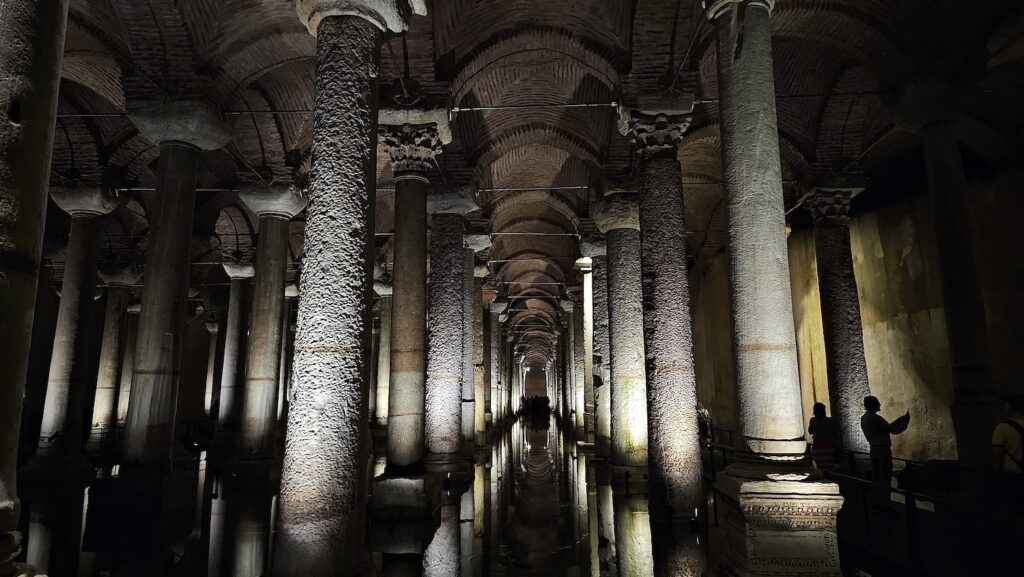
This vast underground chamber, initially envisioned by Emperor Constantine and later expanded by Emperor Justinian, was designed to filter water for the Great Palace of Constantinople and edifices located on the First Hill of the city (the area containing Hagia Sophia, Topkapi Palace and the Sultan Ahmet Mosque otherwise known as the Blue Mosque). The cistern’s significance persisted, even serving the Topkapı Palace after the 1453 Ottoman conquest of Byzantium. You might notice during your visit a column standing out for its “peacock eye” pattern: it is also called “the Weeping Column”, supposedly as a tribute to the slaves who died building this subterranean cathedral (7,000 of them are said to have worked on the edifice).
So where does the “Basilica” designation actually come from? It seems that this antique water tank from the 6th century was initially constructed under a large public square where the “Stoa Basilica” once stood. Historical texts claim that the cistern had gardens facing Hagia Sophia, but my conclusion from all this is that the story of the name itself remains a bit of a legend in the way it’s been passed on to us.
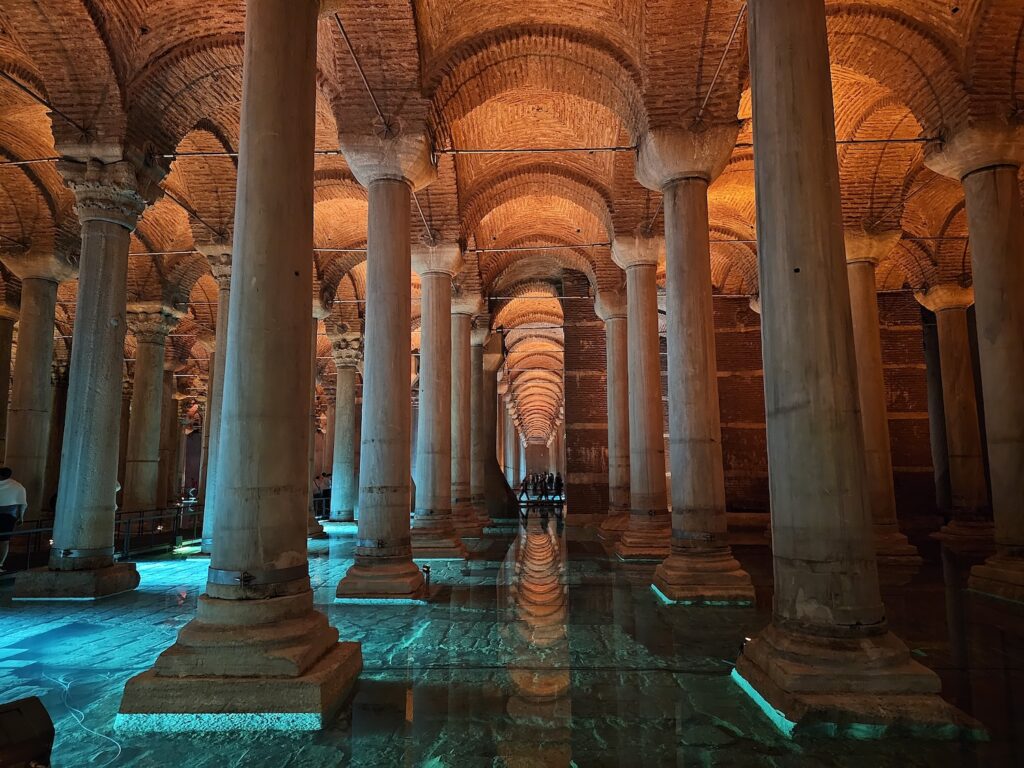
The Enigma of the Cisterna’s Medusa Heads
Diving a little deeper into the mystery, I found out that the Basilica Cistern was directly linked to an iconic figure of Greek mythology: Medusa. In the north-west corner of the cistern, two Medusa heads stir the visitor’s curiosity: one rests sideways at a column’s base, while the other is inverted. One of the Gorgons and the only mortal one, Medusa is depicted with a terrifying head of snakes. You can’t look at her directly, or you’ll be immediately petrified. She dies when Perseus decapitated her. Her head later was engraved on the shield of Athena.

Coming back to our Cisterna Basilica, the two Medusa heads were speculated to have been remnants from the Forum of Constantine. But their position sparks debate: some suggest that the Byzantine builders, seeing Roman relics as mere reusable rubble, positioned them without reverence. Others believe early Christians purposefully upended pagan statues, and turned them upside-down to cancel their power.
Connecting Eras: Contemporary Art in the Cisterna Basilica
Visiting the Cisterna Basilica, we found there was a clear intent to bridge past and present – in addition to making the visit an immersive experience thanks to an artful play of light system. The changing colours accentuate the space’s architectural essence, weaving a dance of shadows and colours. October visitors, like myself, were treated to an enthralling exhibition, “Deeper Beneath”. Artists like Ali Abayoğlu, Yasemin Aslan Bakiri, and others, presented their creations amidst the cistern’s columns.

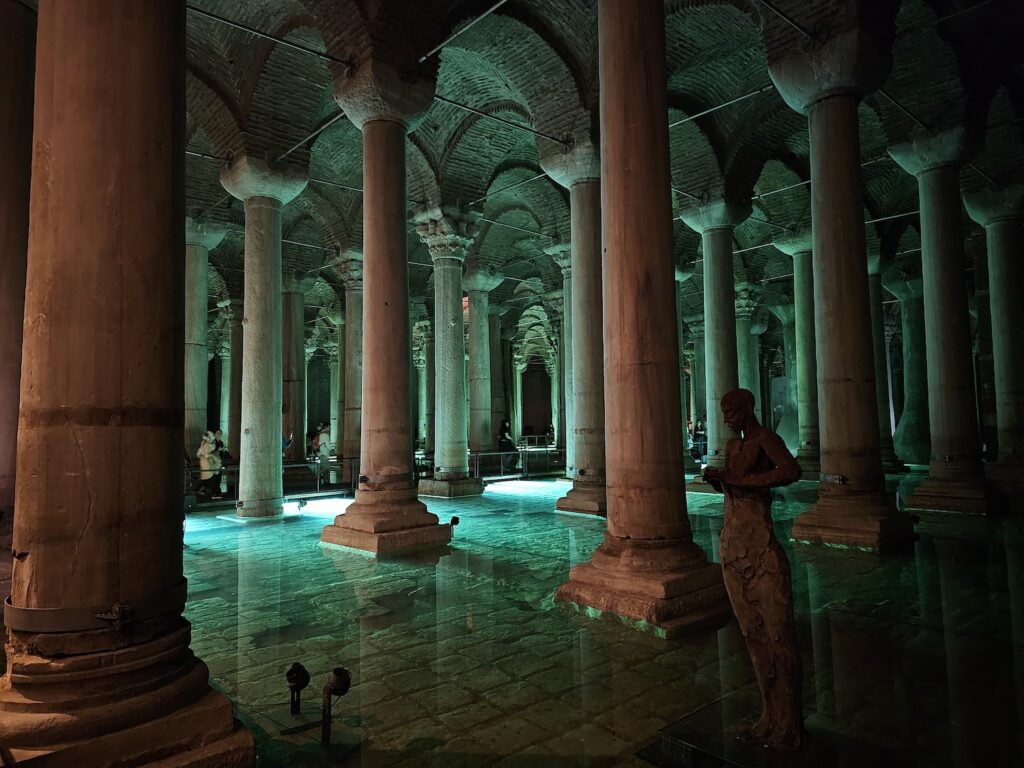
I felt it as a successful invitation for us to float between eras and spaces, much like the cistern itself, which exists in a realm between the depths and the surface and echoing tales of Istanbul, formerly Constantinople, formerly Byzantium.
The Cisterna Basilica: Practical information
How to go & book tickets
The entrance is located on Alemdar Rd, contrary to what Google Maps seems to indicated (it actually points out to the exit). So follow the line along the tramway passage and you should be able to find it. We found it was quite fast to queue up and bought the tickets directly on the site.
Entrance fee
As of Oct. 2023, we paid 450 TL for a daytime visit.
⚠️ ATTENTION ⚠️ We found that due to high inflation rates in Turkey in recent years, most of the prices turned out to be from 3 to 10 times higher than the price indications we saw in our guidebooks. So be mindful of your budgets before taking off and check directly on the websites of the places you intend to visit when possible.
Website & social media
https://yerebatan.com/en/
Instagram: @yerebatansarnic

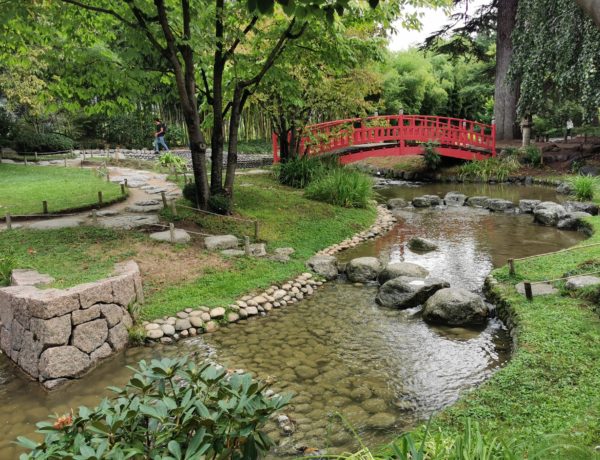
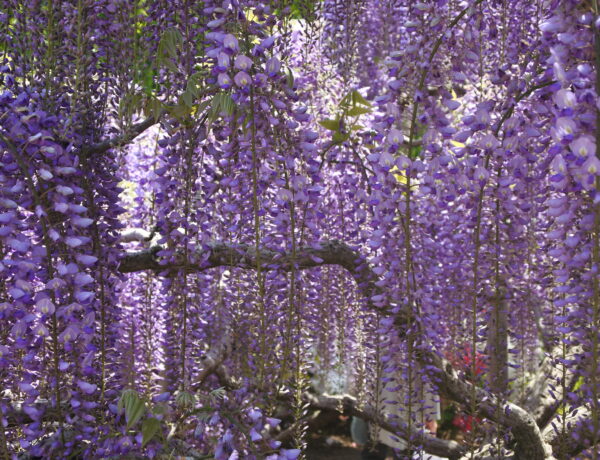
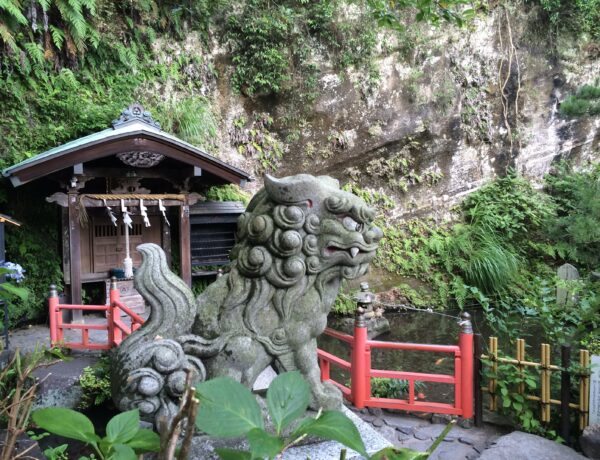
No Comments